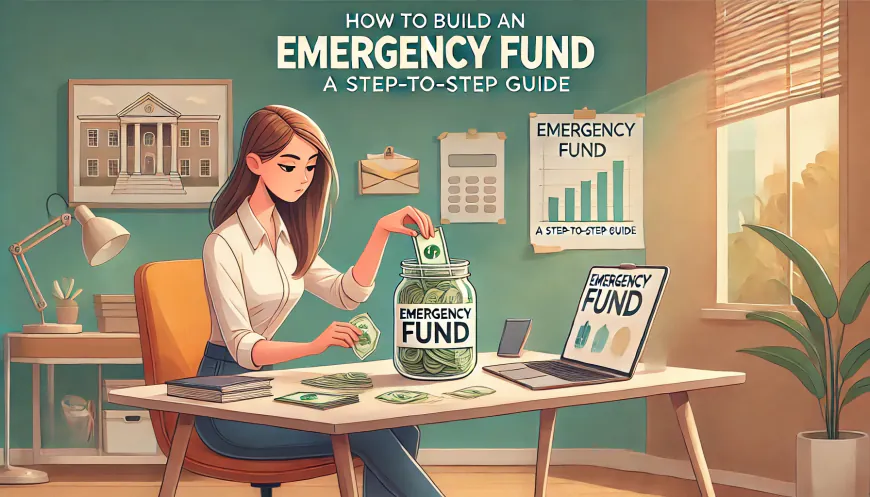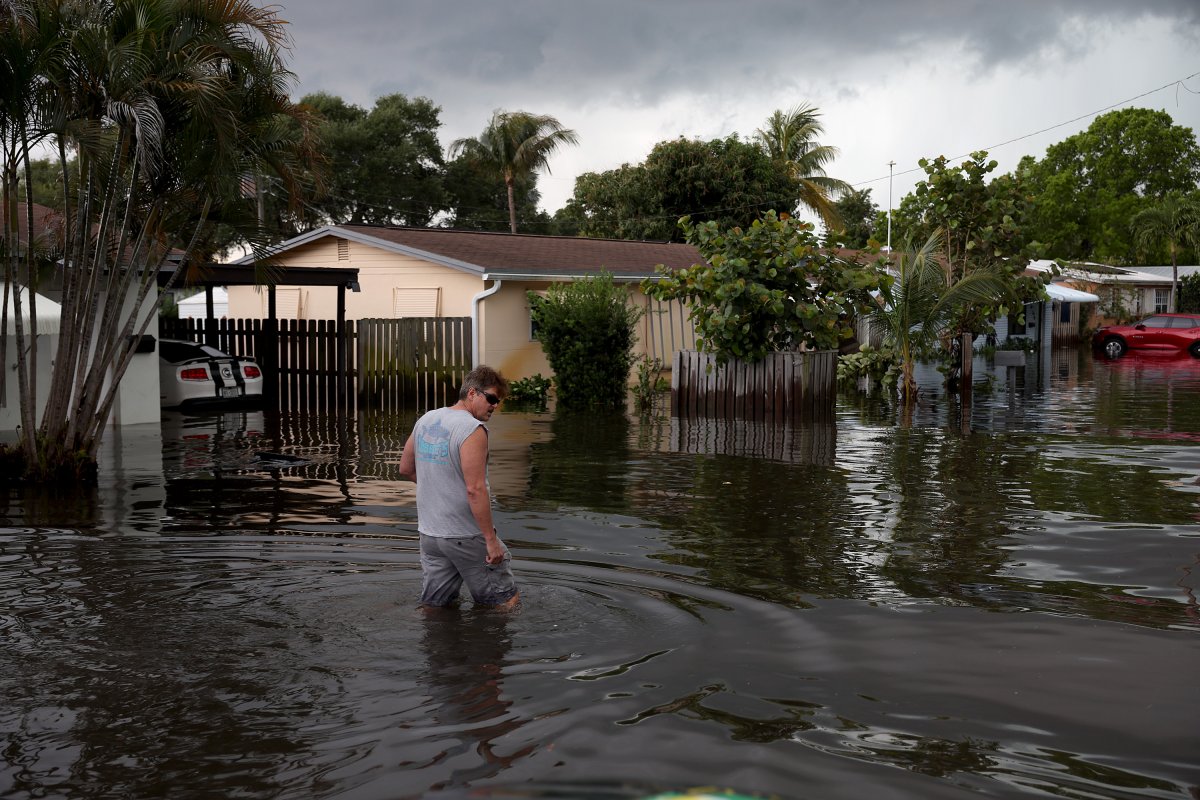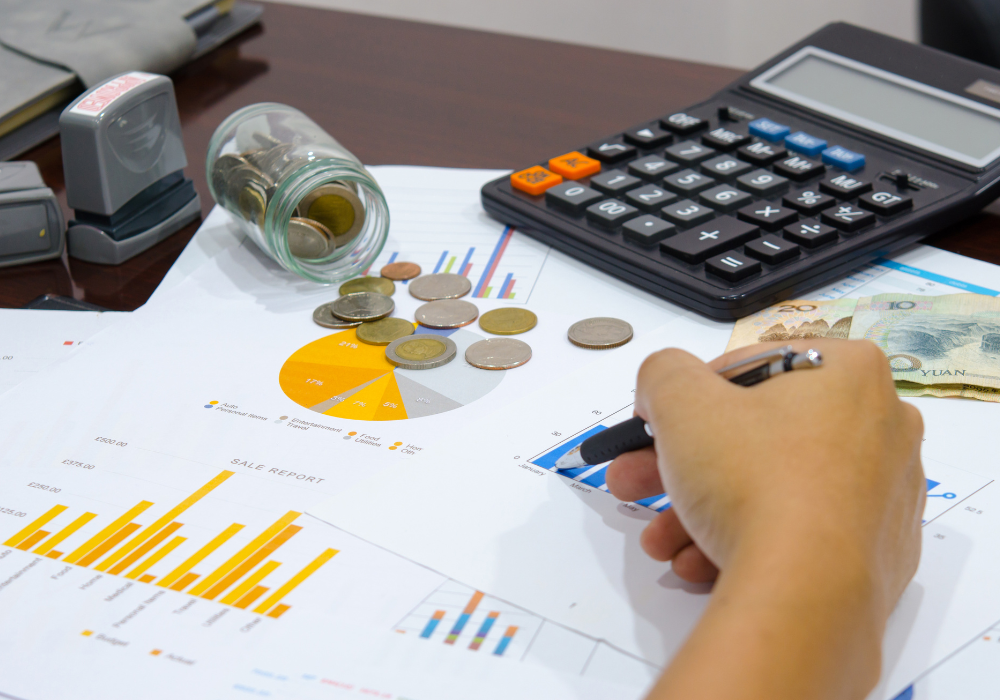How to Build an Emergency Fund: A Step-by-Step Guide
Learn how to build an emergency fund with this step-by-step guide, ensuring financial security during unexpected events.

An emergency fund is a crucial financial safety net that can help you navigate unexpected expenses, such as medical bills, car repairs, or job loss. Building an emergency fund can provide peace of mind and financial security during tough times. In this step-by-step guide, we’ll explore how to create and grow your emergency fund effectively.
1. Define Your Savings Goal
The first step in building an emergency fund is to determine how much money you need to save. A common recommendation is to aim for three to six months' worth of living expenses. Here’s how to define your goal:
- Calculate Monthly Expenses: List your essential monthly expenses, including rent/mortgage, utilities, groceries, transportation, insurance, and debt payments.
- Set Your Target Amount: Multiply your total monthly expenses by three to six to determine your savings goal. For example, if your monthly expenses are $3,000, your emergency fund should be between $9,000 and $18,000.
2. Create a Budget
Developing a budget is essential for building your emergency fund. A budget helps you identify areas where you can cut back on spending and allocate funds toward your savings goal. Here’s how to create a budget:
- Track Your Income and Expenses: Monitor your income and expenses for at least one month to understand your spending habits.
- Categorize Your Expenses: Divide your expenses into essential (fixed costs like rent and utilities) and discretionary (non-essential spending like dining out and entertainment).
- Set Savings Targets: Allocate a portion of your income toward your emergency fund each month. Aim for at least 10-20% of your income if possible.
3. Choose the Right Savings Account
Selecting the right savings account for your emergency fund is important for easy access and growth. Consider the following options:
- High-Interest Savings Account: A high-interest savings account typically offers better interest rates than a regular savings account, allowing your emergency fund to grow while keeping your money accessible.
- Money Market Account: Money market accounts often offer competitive interest rates and may provide check-writing privileges, making it easier to access your funds when needed.
- Avoid Risky Investments: Since an emergency fund is meant for short-term use, avoid high-risk investments like stocks, which may fluctuate in value.
4. Start Saving Consistently
Consistency is key when building your emergency fund. Here are some tips to help you save effectively:
- Automate Your Savings: Set up automatic transfers from your checking account to your emergency fund each payday. Automating your savings helps you save consistently without having to think about it.
- Cut Unnecessary Expenses: Look for ways to reduce discretionary spending. Small changes, such as cooking at home instead of dining out, can free up more money for your savings.
- Use Windfalls Wisely: Consider using bonuses, tax refunds, or other unexpected windfalls to boost your emergency fund. Allocating a portion of these funds can help you reach your goal faster.
5. Monitor Your Progress
Regularly tracking your progress can help keep you motivated and accountable. Here’s how to monitor your emergency fund:
- Set Milestones: Break down your savings goal into smaller milestones. Celebrate each milestone you reach to stay motivated.
- Review Your Budget: Periodically review your budget to identify areas where you can further cut back on expenses or increase your savings rate.
- Adjust as Needed: Life changes, such as moving or a job change, may affect your savings goals. Be prepared to adjust your target amount and budget as necessary.
6. Keep Your Emergency Fund Accessible but Untouched
Once you’ve built your emergency fund, it’s important to keep it accessible but refrain from using it for non-emergency expenses. Here are some guidelines:
- Only Use for Emergencies: Reserve your emergency fund for genuine emergencies, such as medical expenses, car repairs, or unexpected job loss. Avoid using it for planned expenses or non-urgent situations.
- Replenish After Use: If you need to dip into your emergency fund, prioritize replenishing it as soon as possible to ensure you maintain your financial safety net.
Conclusion
Building an emergency fund is an essential step toward achieving financial stability and security. By defining your savings goal, creating a budget, choosing the right savings account, and saving consistently, you can establish a robust emergency fund to protect you during unexpected financial challenges.
Ready to take control of your financial future?
Contact Safenture for personalized advice on building your emergency fund and achieving your financial goals!
What's Your Reaction?
 Like
0
Like
0
 Dislike
0
Dislike
0
 Love
0
Love
0
 Funny
0
Funny
0
 Angry
0
Angry
0
 Sad
0
Sad
0
 Wow
0
Wow
0


































